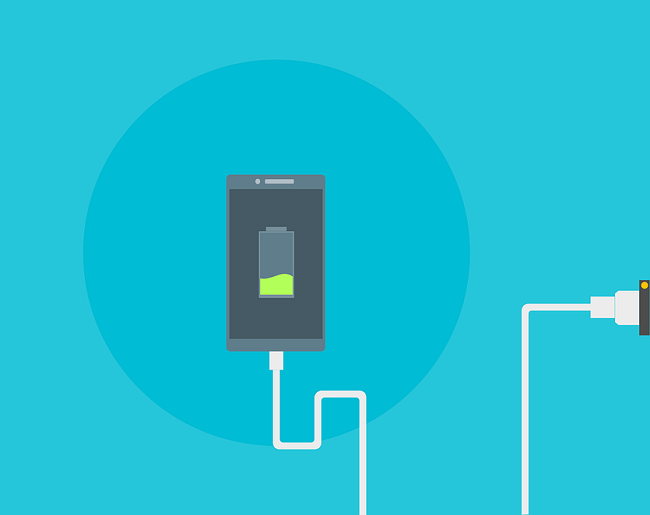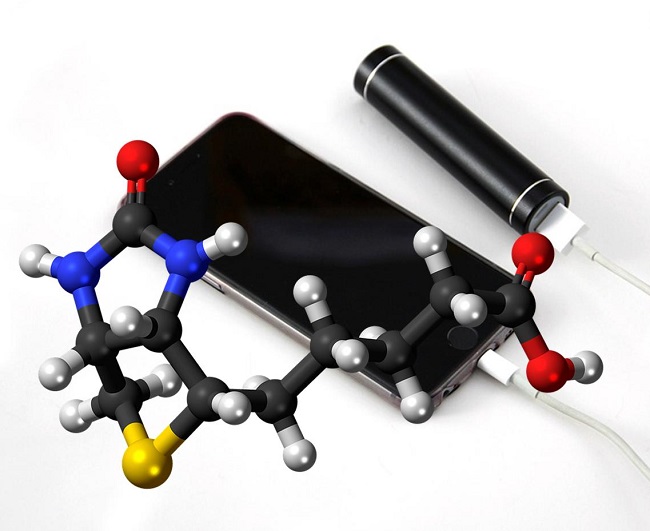You may be able to use your smartphone for double the time as early as 2017 with new tech.
Smartphone tech is moving forward at a lightning speed but mobile battery technology has not managed to keep up. Our phones are an increasingly important and central part of our daily lives. For this reason, they are becoming faster, more powerful and with higher resolution displays. Those features require energy.
Unfortunately, the amount of energy they require is too much for the average smartphone battery life.
Among the main struggles faced by smartphone owners is the need for a better phone battery. Mobile battery technology is falling short of an average user’s usage requirements. As smartphones become more awesome, they are consuming a larger amount of juice in a smaller amount of time. The phone lithium-ion batteries have not increased in capacity at the same rate as phones have increased in need.
 However, new technology under development by SolidEnergy Systems may have the potential to change that. The company has been focused on improving drone battery life, but this tech could also have other applications – smartphones, for example.
However, new technology under development by SolidEnergy Systems may have the potential to change that. The company has been focused on improving drone battery life, but this tech could also have other applications – smartphones, for example.
This mobile battery technology uses lithium metal foil anodes instead of using graphite.
The foil makes a considerable difference. Today’s mobile battery graphite anodes are considerably thicker. In fact, the foil is only 20 percent the thickness of the anodes made from graphite. This is important because it gives batteries more physical space for improving capacity.
SolidEnergy CEO Qichao Hu said this difference will let tomorrow’s batteries hold twice the capacity. Said simply: batteries will be able to fit much more power into the same amount of space. Hu explained that this means twice the capacity in the same physical size battery or the same capacity in a half-size battery.
Moreover, SolidEnergy isn’t just working on a concept anymore. Its prototype battery was unveiled last year. At that time, the prototype was already half the physical size of the battery in an iPhone 6. Yet, it had a 2.0 amp hours capacity. The iPhone 6 battery has a 1.8 amp hours capacity. Therefore, in half the physical space, the mobile battery technology already offered more than twice the capacity.
Researchers have developed a battery that has a high voltage and will last a longer time than current tech.
Scientists have come up with a vitamin powered phone battery technology that will allow devices to last longer while giving them more voltage. Moreover, this could be an important step toward reducing the price tag of battery powered devices.
This new battery technology is not entirely unlike lithium-ion but are different in an important way.
The battery is different because it uses flavin – a component of vitamin B2 – as its cathode. The cathode is the part of the battery that stores the electricity. Then, that energy can be used once it is connected to a device. This vitamin powered phone battery provides a more natural solution to the question of how to keep devices charged.
 Dwight Steferos from Canada’s University of Toronto, said “We have been looking to nature for a while to find complex molecules for use in a number of consumer electronics applications.” He added, “When you take something made by nature that is already complex, you end up spending less time making new material.”
Dwight Steferos from Canada’s University of Toronto, said “We have been looking to nature for a while to find complex molecules for use in a number of consumer electronics applications.” He added, “When you take something made by nature that is already complex, you end up spending less time making new material.”
The vitamin powered phone battery provides a very affordable way of giving mobile devices the charge they need.
This is not the first time a battery has been made with bio-derived components. However, this is the first rechargeable battery using bio-derived polymers. Polymers are long chain molecules. They are used for one of this new battery technology’s electrodes.
This technology’s key is the possibility it opens for keeping the energy stored within a vitamin-created plastic. The plastic is far less expensive than traditionally-used metals such as cobalt. The vitamin-created plastic is also more environmentally friendly and easier to process. It may play a central role in reducing our dependence on portable battery packs due to inadequate charge.
The scientists developed the material from vitamin B2. They sourced the vitamin from genetically-modified fungi. They used a semi-synthetic process for polymer preparation. It linked a long-chain molecule with two flavin units.
The result is a vitamin-powered phone battery that is environmentally friendly with a high voltage and with a high capacity. These and the rest of the findings from the researchers were published in the Advanced Functional Materials journal.
 However, new technology under development by SolidEnergy Systems may have the potential to change that. The company has been focused on improving drone battery life, but this tech could also have other applications – smartphones, for example.
However, new technology under development by SolidEnergy Systems may have the potential to change that. The company has been focused on improving drone battery life, but this tech could also have other applications – smartphones, for example.
 Dwight Steferos from Canada’s University of Toronto, said “We have been looking to nature for a while to find complex molecules for use in a number of consumer electronics applications.” He added, “When you take something made by nature that is already complex, you end up spending less time making new material.”
Dwight Steferos from Canada’s University of Toronto, said “We have been looking to nature for a while to find complex molecules for use in a number of consumer electronics applications.” He added, “When you take something made by nature that is already complex, you end up spending less time making new material.”